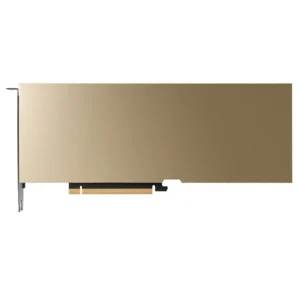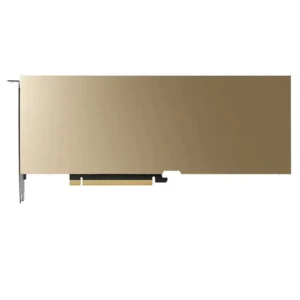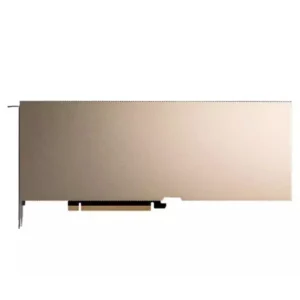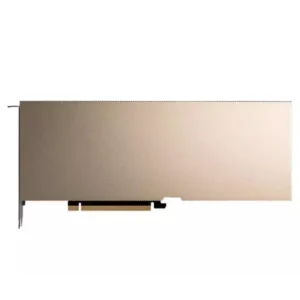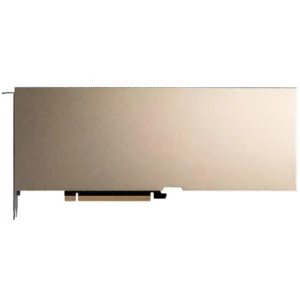In the world of computer networking, the terms network card and network interface controller (NIC) are frequently used. These essential components help your devices connect to local networks, the internet, and other devices. However, many people wonder whether these terms refer to the same thing, what types are available, and how they function. In this article, we’ll break down the differences, types, and functions of network cards and network interface controllers, as well as common issues and solutions.
Table of Contents
ToggleIs a Network Card the Same as a Wi-Fi Card?
A network card refers to the hardware that allows a device to communicate with a network, either wired or wireless. In simpler terms, it’s the interface through which your device connects to the internet or a local area network (LAN). While network cards can come in many forms (both wired and wireless), the term Wi-Fi card specifically refers to a type of network card that enables wireless network connections.
In short, a Wi-Fi card is a specific kind of network card, designed for wireless communication. However, all Wi-Fi cards are network cards, but not all network cards are Wi-Fi cards. Other network cards may support wired connections, like Ethernet cards.
What is My Network Card?
When you’re troubleshooting network issues or upgrading your device, you might wonder, what is my network card? Your network card is the physical hardware (either an internal or external device) that allows your computer to access networks. It could be a wired Ethernet card for desktop computers or a Wi-Fi card for laptops and mobile devices.
In Windows 10, you can find information about your network card in the Device Manager. Simply navigate to Network Adapters to see the list of network cards installed on your machine. Here you can check the model, manufacturer, and driver version of your network card, which is useful for troubleshooting or updating drivers.
What is the Network Card? Explained
A network card, also known as a network interface card (NIC) or network adapter, is an essential piece of hardware that facilitates the communication between a device (like a computer) and a network. The NIC allows data to travel between the computer and a network infrastructure, such as a local area network (LAN) or the internet.
The card can either support wired (Ethernet) or wireless (Wi-Fi) connections. In both cases, the network card processes and converts data from the device into a form that can be transmitted over the network. When receiving data, it does the reverse, converting it back to a format that the device can understand.
Explain a Network Interface Controller
A Network Interface Controller (NIC) is a specific type of network card that manages the connection between a device and a network. It functions as the bridge between the device’s operating system and the physical network, whether it’s a local network or the internet.
The NIC’s key role includes:
- Data Transmission: Converting digital data from the device into signals that can travel through the network.
- Data Reception: Receiving signals from the network and converting them back into a usable form for the device.
- Error Detection: Ensuring that the data being transmitted and received is correct, with some NICs also featuring error-correcting capabilities.
Main Types of Network Interface Controllers
There are several types of network interface controllers, each designed for specific uses. Here are the main types:
- Wired Network Interface Controllers:
- These NICs connect devices to the network via an Ethernet cable.
- They are common in desktops, servers, and workstations that require stable, high-speed internet or local network connections.
- Wireless Network Interface Controllers (Wi-Fi NICs):
- These NICs allow devices to connect to wireless networks using Wi-Fi standards.
- Found in laptops, smartphones, and tablets, these NICs offer flexibility and mobility but can be more prone to interference and slower speeds compared to wired options.
- Fiber Optic Network Interface Controllers:
- These NICs are designed for high-speed connections using fiber-optic cables.
- They are typically used in data centers, servers, and high-performance computing environments.
- Bluetooth Network Interface Controllers:
- These are used to establish short-range wireless connections, often for peripheral devices like keyboards, mice, and audio systems.
How to Use a Network Interface Controller
To use a network interface controller (NIC), you typically don’t need to do much, especially on modern operating systems like Windows 10. Here’s how it generally works:
- Wired NIC: If you’re using an Ethernet NIC, simply plug the Ethernet cable into your computer’s network port and the router or switch. The operating system should automatically detect the NIC, install necessary drivers, and establish a connection.
- Wireless NIC: For Wi-Fi NICs, you’ll need to connect to a wireless network. Windows 10, for example, will show available Wi-Fi networks in the taskbar. You select your network, enter the password, and you’re connected.
In most cases, drivers for network cards are automatically installed by your operating system. However, you can manually install or update drivers through the Device Manager or download them from the manufacturer’s website.
Network Interface Controller Issues
While network interface controllers are crucial for device connectivity, they can encounter some issues that disrupt the network connection. Some common NIC issues include:
- Driver Problems: Outdated or corrupted drivers can cause the NIC to stop working properly. Ensure drivers are up to date to avoid connection problems.
- Hardware Malfunction: Physical issues with the NIC, like damaged ports or internal components, can lead to poor or no network connectivity.
- Network Configuration Problems: Incorrect IP addresses, subnet masks, or DNS settings can prevent a device from connecting to the network.
- Interference: For wireless NICs, signal interference from other devices, walls, or other networks can cause connectivity issues.
Troubleshooting these problems often involves restarting the router, reinstalling or updating the NIC drivers, or checking network settings.
Network Card for PC and Laptop
- Network Card for PC: A PC network card is typically an internal component, like an Ethernet card or Wi-Fi adapter, installed directly onto the motherboard or in a PCIe slot. Desktop PCs generally benefit from Ethernet NICs, providing fast, reliable connections for gaming, streaming, and office work.
- Network Card for Laptop: Most modern laptops come with built-in Wi-Fi cards for wireless internet connectivity. If your laptop doesn’t have a built-in network card or it’s faulty, you can use an external USB Wi-Fi adapter or Ethernet adapter.
Network Card for Windows 10
On Windows 10, managing and troubleshooting network cards is easy. You can check which network card is installed on your device through Device Manager, and from there, you can update drivers, disable or enable the NIC, and troubleshoot connectivity issues.
Network Card for Gaming
For gaming, a high-performance network card is crucial to ensure low latency and stable connections during online play. Ethernet cards are often preferred for wired connections due to their faster, more stable performance compared to wireless connections. Some gaming PCs even come with Wi-Fi 6 NICs, which offer improved speeds and reduced interference for wireless gaming.
Network Card Price
The price of network cards varies depending on factors such as brand, speed, and type. Wired Ethernet NICs tend to be more affordable, while high-end wireless NICs with Wi-Fi 6 support, or specialized fiber-optic NICs, can be more expensive. Prices can range from $10 for basic Ethernet adapters to over $100 for premium gaming or enterprise-level NICs.
Network Card Function
The primary function of a network card is to allow a device to access a network. This includes:
- Sending and receiving data.
- Ensuring data is formatted properly for transmission.
- Error-checking and addressing data correctly.
Network Card Nearby
If you’re looking for a network card nearby, whether in a physical store or online, many retailers and e-commerce platforms offer a wide selection. Look for well-known brands such as Intel, Realtek, and TP-Link, which offer reliable and efficient NICs for various needs.
Conclusion
A network card or network interface controller (NIC) is an essential part of any device that connects to a network, whether wired or wireless. Understanding the types, functions, and issues associated with these cards can help you make informed decisions when selecting the right NIC for your PC, laptop, or gaming setup. With the right network card, you can ensure stable, high-speed internet connectivity for work, play, and everything in between.
